5 Popular Ways Your Tea Is Decaffeinated
TEATIME NOTES
Find tips, recipes, and articles to increase your delight and enjoyment of tea.
5 Popular Ways Your Tea Is Decaffeinated
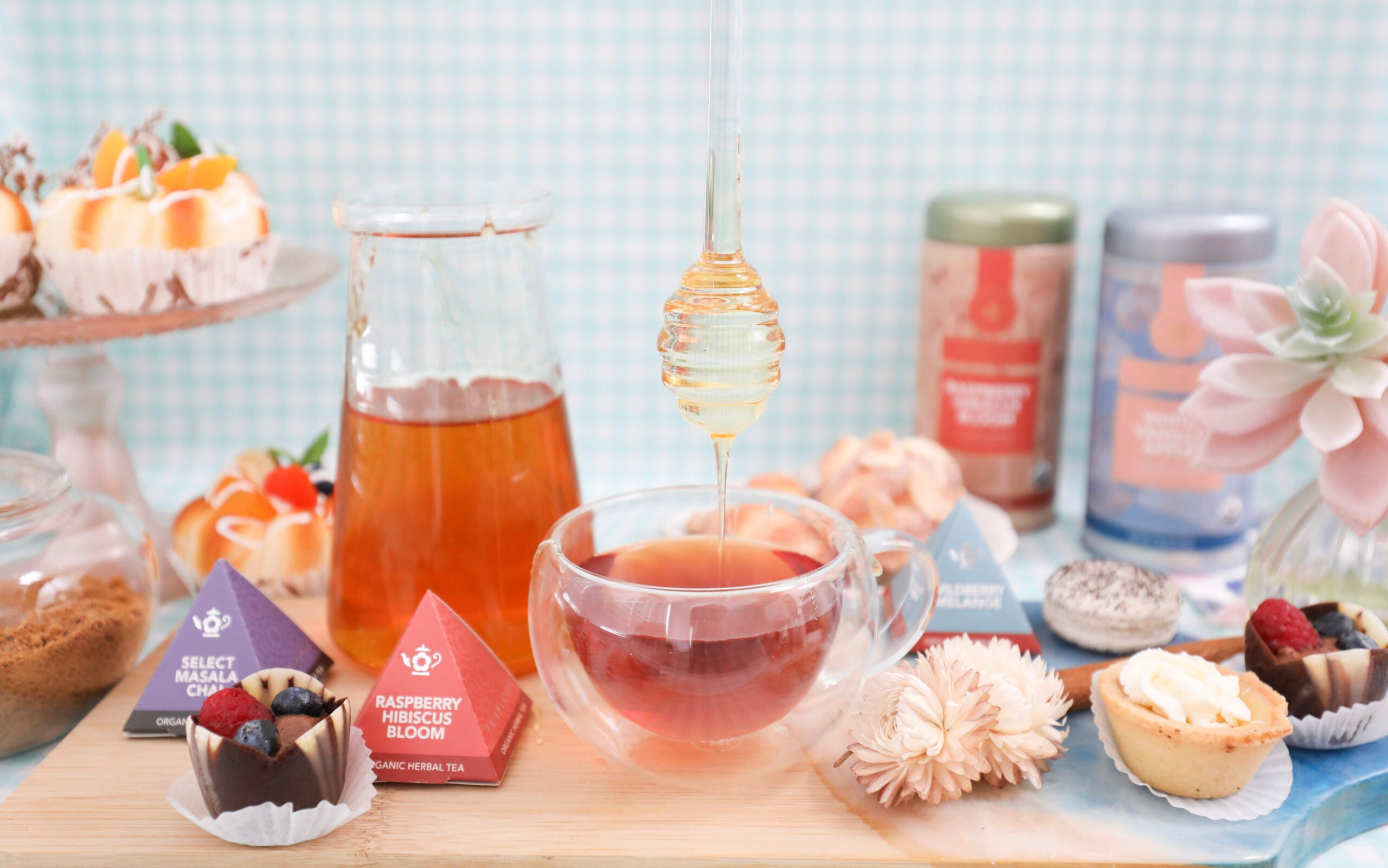
The Truth About Good and Bad Decaf Teas
Decaffeinating tea leaves can be tricky. There are four common ways that caffeine is removed from tea — and unfortunately, some of these methods involve chemicals that aren’t so great for your health.
It’s good to know these four popular methods so you know what to look for in quality decaf tea. But do you know you can decaffeinate tea at home? You’ll learn a quick and easy method — a fifth way — to safely decaffeinate your own favorite tea.
But, it’s also crucial for you to know the difference between decaf teas and caffeine-free teas — yes, there is a huge difference! This is essential if you’re trying to limit caffeine or stay away from it.
Decaffeinated Tea vs. Caffeine-Free Tea
Caffeine-free teas aren’t the same as decaf teas. In fact, one isn’t even real tea. “Tea” can be used as a culinary term for water that’s been steeped with any kind of herb, plant, or spice. But, if it isn’t made from the Camellia sinensis plant, it isn’t real tea.
What is Decaffeinated Tea?
In order for your tea to be decaffeinated it needs to have caffeine, to begin with. Every single kind of real tea — black, oolong, white, and green tea — comes from the Camellia sinensis tea plant, which naturally has caffeine.
When you de-caffeinate tea you remove the caffeine molecules. Your decaf tea goes through one of four decaffeination processes. Most of the caffeine is removed, but there can still be trace amounts in decaf tea.
What is Caffeine-Free Tea?
Teas that naturally don’t have caffeine are called caffeine-free teas. Since all real teas are made from the caffeine-rich tea plant, none of them are caffeine-free. But, herbal blends — or tisane teas — are made of herbs, leaves, bark, fruit, and other components that are steeped in hot water to make a tea-like drink.
Beware - Not All Herbal Teas Are Caffeine-Free
Just because herbal tea is made without Camellia sinensis leaves doesn’t mean it’s caffeine-free. It turns out there are a few rare exceptions you should look out for if you are staying away from caffeine. On the other hand, these herbal teas are a great caffeine alternative to something other than real tea.
It turns out the holly plant is more than just a holiday decoration — in North America, yaupon was used to make a caffeinated drink similar to black tea. In South America, yerba mate and guayusa are used to make teas that have low to high levels of caffeine — sometimes yerba mate has just as much caffeine as coffee! Guarana is native to the Amazon and is used in herbal teas as well as soft drinks throughout Brazil.
4 Ways Tea is Decaffeinated
You’ve learned decaffeinated teas are made from the tea plant. But how is the caffeine removed from the tea leaves?
Tea leaves are decaffeinated after they are roasted, oxidized, rolled, and shaped into finished tea. Your decaf tea will typically go through one of these four methods of decaffeination at the end of processing.
- The Carbon Dioxide Method
The preferred technique for decaffeinating tea is the carbon dioxide method. If you ask tea enthusiasts, this might be the best and most natural way to remove caffeine without disturbing the tea. Not only does this method use natural CO2, but it also keeps most of the tea’s flavor and aroma intact.
Tea leaves are put in a vessel that pressure cooks them with carbon dioxide. The caffeine sticks to the CO2 molecules which are then discarded. What you’re left with is a flavorful aromatic tea that has only trace amounts of caffeine.
- The Methylene Chloride Method
This method can be done directly or indirectly. In the direct process, tea leaves are soaked in methylene chloride — or dichloromethane. Caffeine molecules bond to this colorless liquid, leaving behind very little caffeine. This also leaves behind some traces of methylene chloride.
With the indirect method, tea is steeped in hot water to release the caffeine and the tea leaves are removed. Dichloromethane is used to extract the caffeine molecules from the water. The steeped water is returned back to the tea leaves so they can reabsorb their flavors.
- The Ethyl Acetate Method
You might be surprised to learn that ethyl acetate is a chemical that’s used as a flavor enhancer in food. It’s also used to “naturally decaffeinate” tea because it’s found naturally in tea. At times, it has an artificial fruity flavor.
The process for decaffeinating tea with ethyl acetate is similar to the methylene chloride method, which involves soaking the leaves. The biggest issue with ethyl acetate is that it’s hard to remove from the tea leaves. It’s known for leaving behind a noticeable chemical flavor in tea.
- The Water Method
The simplest and most organic decaffeination process might be the water method. Tea is steeped in hot water and passed through a carbon filter which catches the caffeine molecules. The decaffeinated tea water is returned to the tea leaves to reabsorb the flavors and oils.
The upside to this method is that no complicated chemicals are needed. The downside is that there is usually a noticeable loss of flavor in most teas.
Is Decaf Tea Full of Harmful Chemicals?
Tea that’s been decaffeinated using the water method is the most natural — but it can leave your tea tasting weak or flat. Most people prefer to drink decaffeinated tea that has gone through the carbon dioxide method. This doesn’t seem to have negative chemical side effects and it might be the best method for preserving the strong authentic tea flavor and aroma.
On the other hand, the methylene chloride and ethyl acetate methods might be harmful to you. It’s true that ethyl acetate is naturally found in tea leaves and is widely used in many everyday products and foods. But, it’s known for sticking to the tea leaves — your tea may taste like chemicals.
Methylene chloride is the worst decaffeination process for tea. It’s a harmful chemical that isn’t suitable for human consumption — it’s even used to strip paint! The U.S. has put a ban on all imported products that use methylene chloride. In the U.S. only trace amounts are allowed in products and food — five parts per million.
How to Decaffeinate Your Tea at Home - The Fifth Method
Do you have a favorite tea that doesn’t come in decaf? You can decaffeinate your tea easily at home. Here is what you’ll need: loose-leaf tea, an infuser, and a teacup or a teapot.
Heat your fresh water to the proper temperature and steep your tea leaves for about 20 seconds to one minute. This will release the caffeine. Remove the tea leaves with your infuser and discard the caffeinated water. Fill the teapot or cup again with hot water and steep your tea leaves to your desired strength.
It’s said that 90% of caffeine is released from tea leaves within the first 20 to 30 seconds — but, this depends on the tea. There’s no telling how much caffeine is released — it can be anywhere from 50% to 90%. The best thing you can do is experiment with steeping times so you find that perfect balance: a decaf tea that doesn’t sacrifice too much flavor.
Quality Caffeine-Free Teas and Teaware
Are you searching for that perfect tea cup or a new caffeine-free tea? Explore beautiful borosilicate glass teaware and tea essentials from Teabloom. They work closely with the world’s most pristine tea gardens to create amazing teas that are certified organic and certified kosher.
Since the start, Teabloom has been on a mission to turn the tea industry around for the better. With their responsibly sourced teas and sustainable teaware, they are cleaning up the world of tea one cup at a time.
At Teabloom you can find everything you need to start your clean tea journey, now. Shop teaware that makes a positive impact on the planet and your well-being, today.



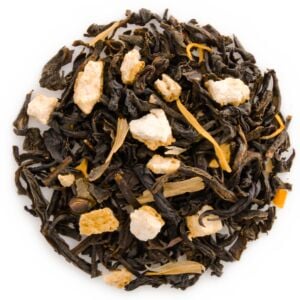
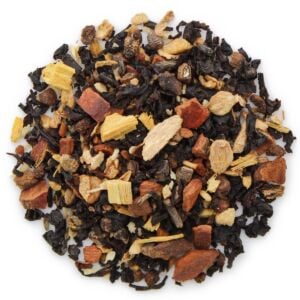
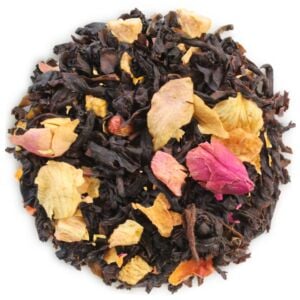

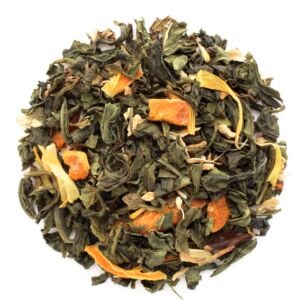
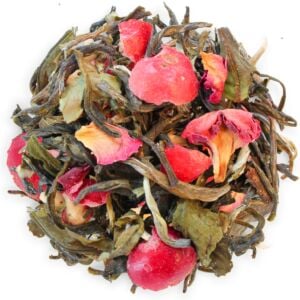
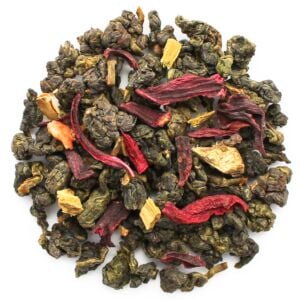
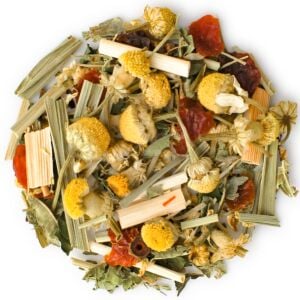
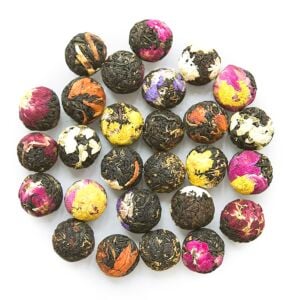


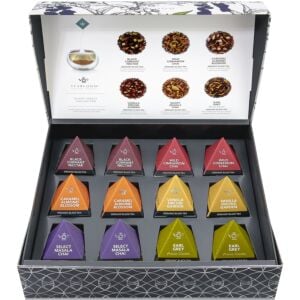
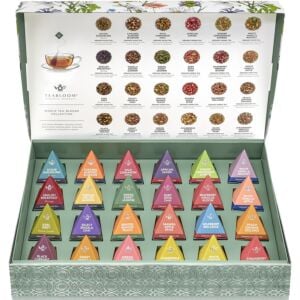



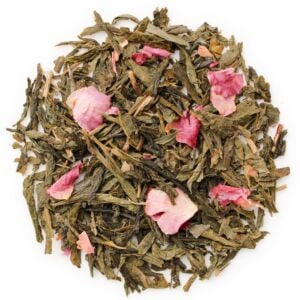

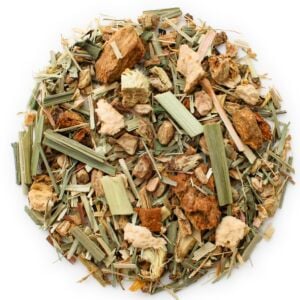

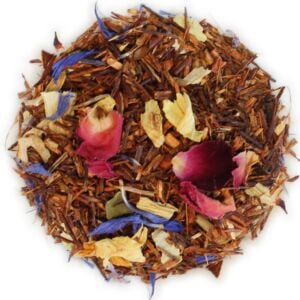
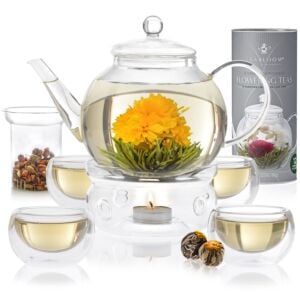
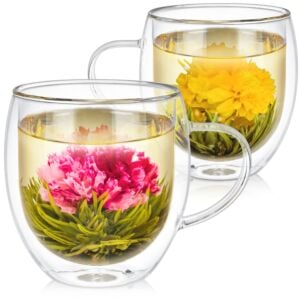
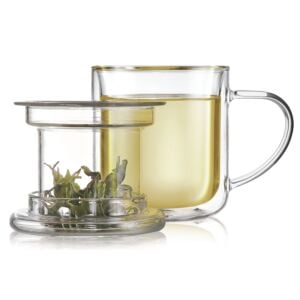
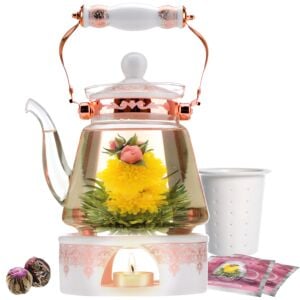
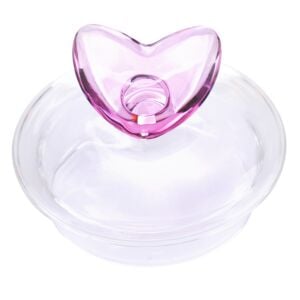
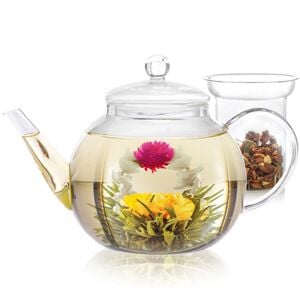


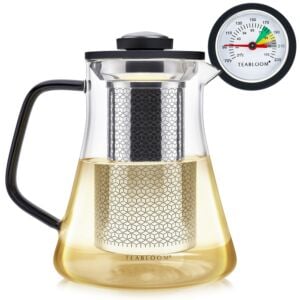
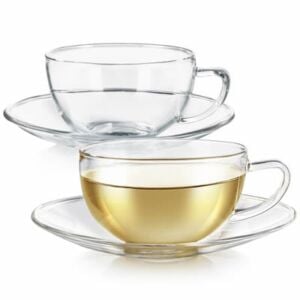
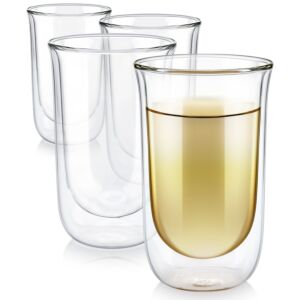
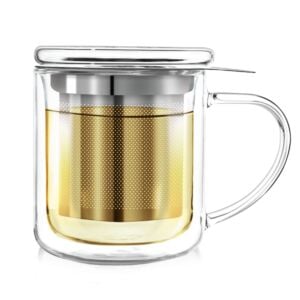
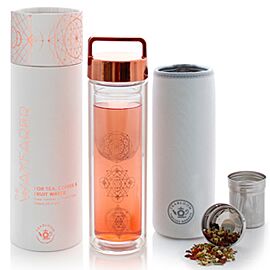

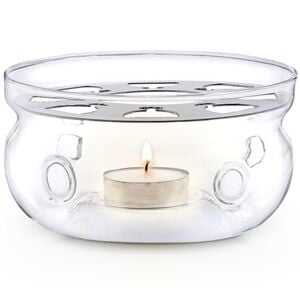
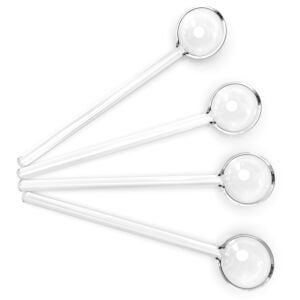
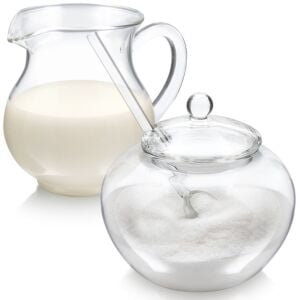
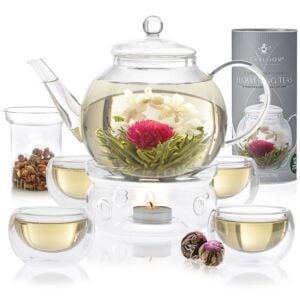
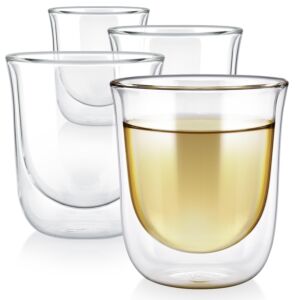


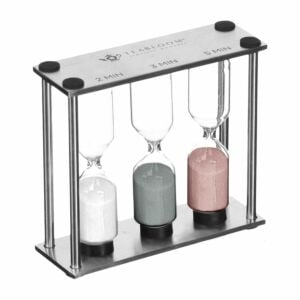
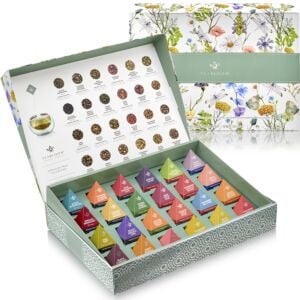

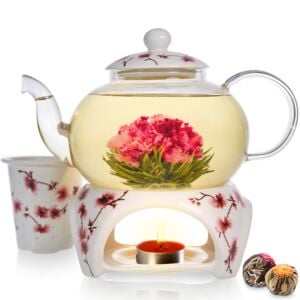
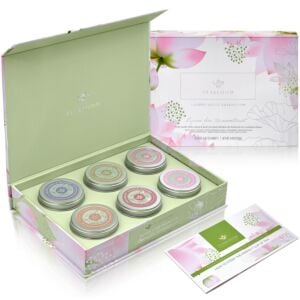

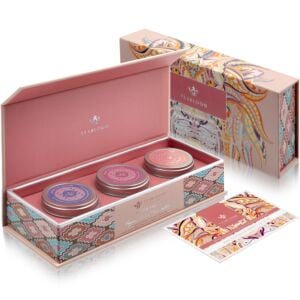



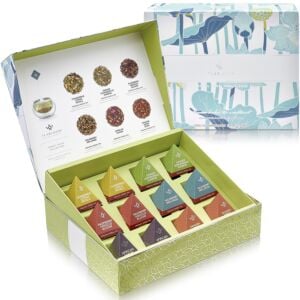
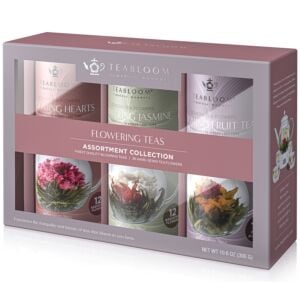


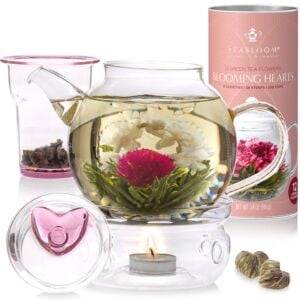

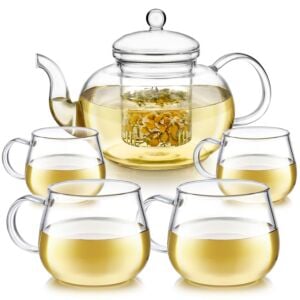



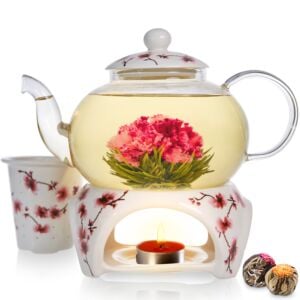
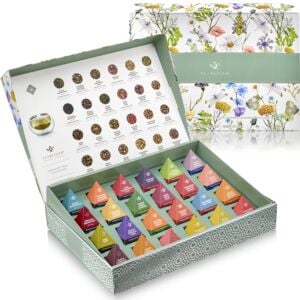
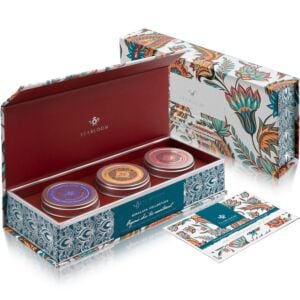
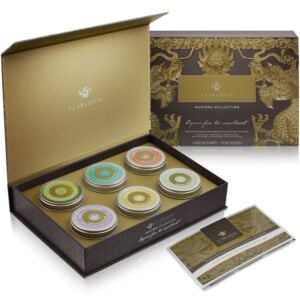


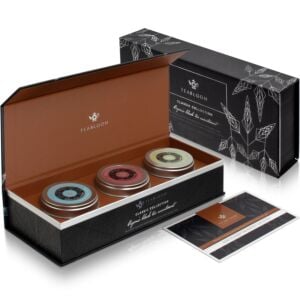



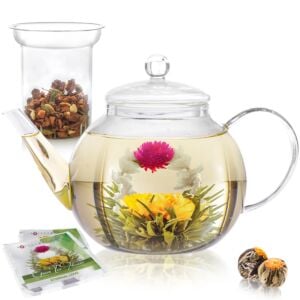
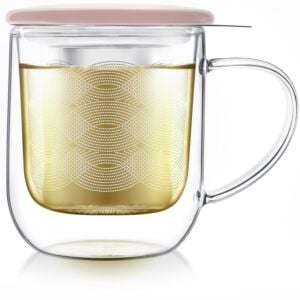

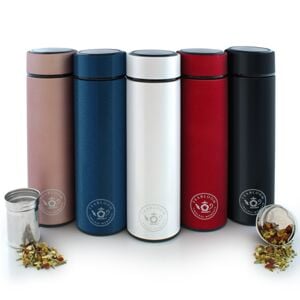
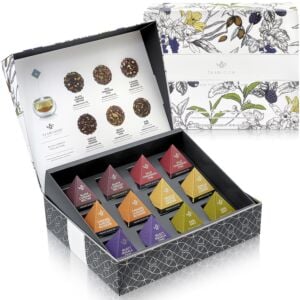


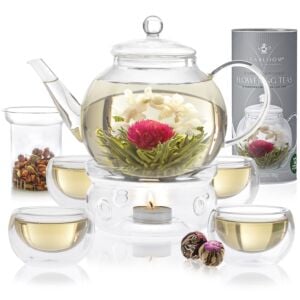
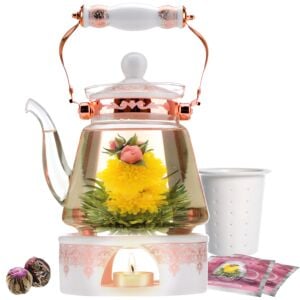
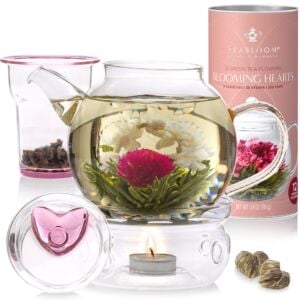


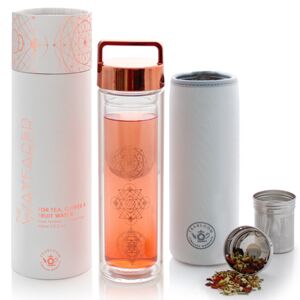

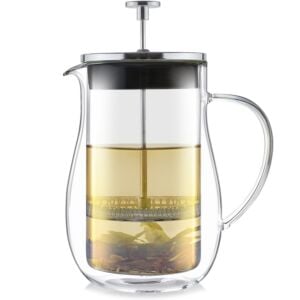


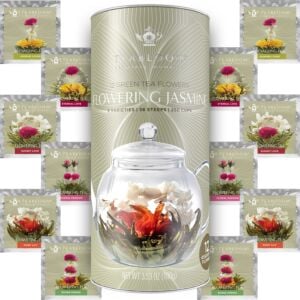


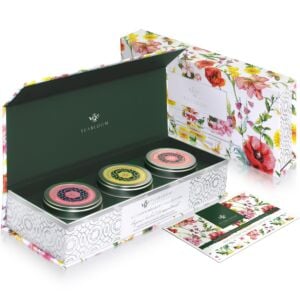



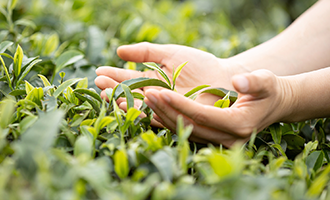
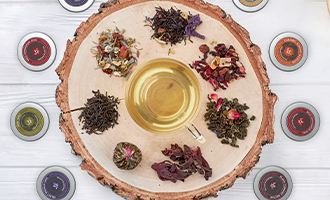
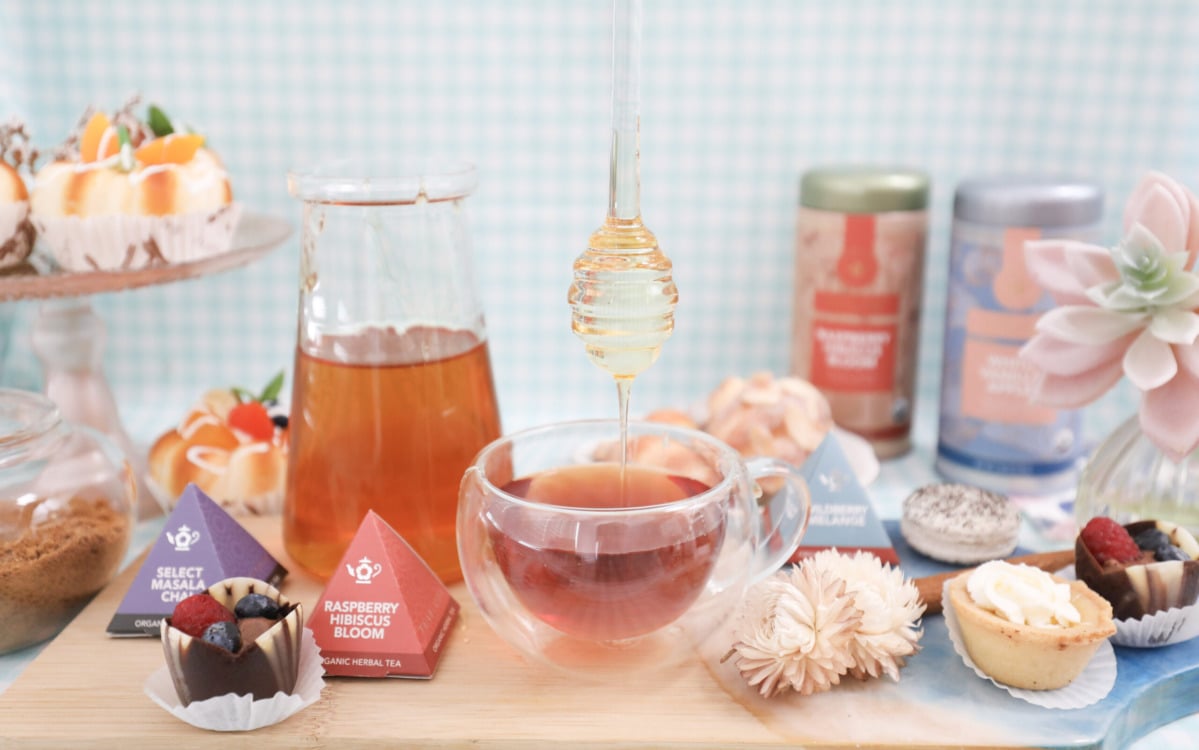



Share your thoughts